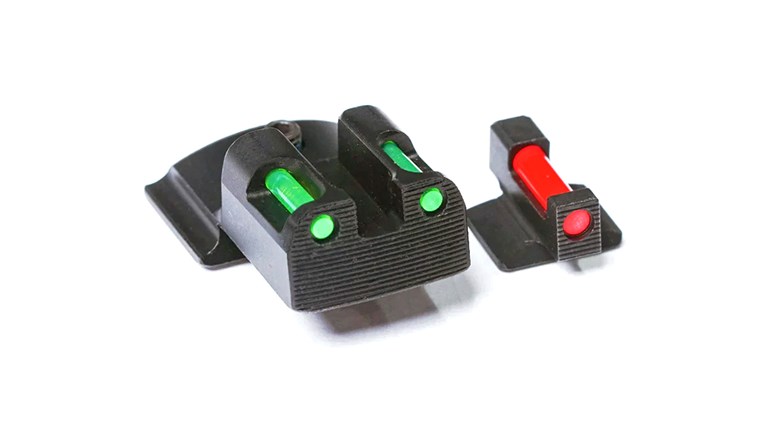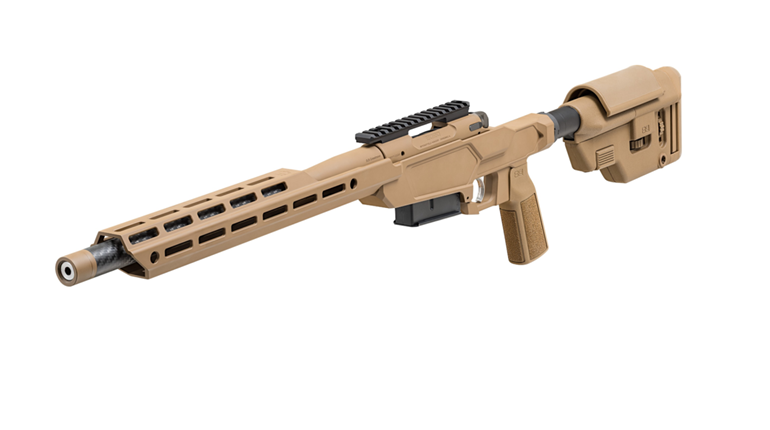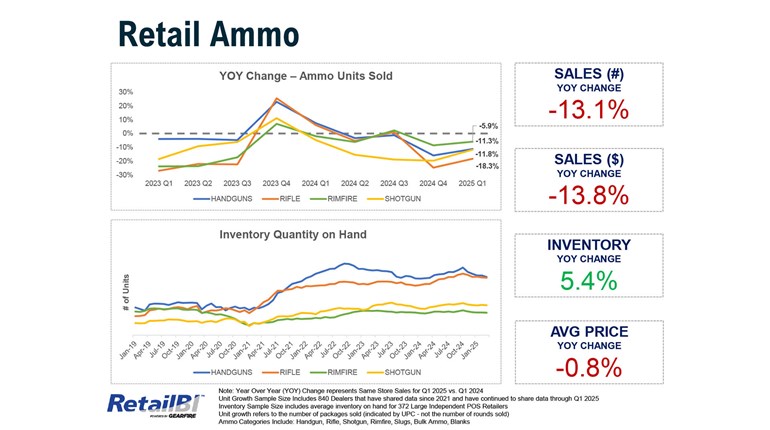
Hunters have rules for rifles that have been established for decades. Like most things doctrinal, we do not question them simply because "that’s the way we’ve always done it." The rules that I’m talking about in this case are those relating to scopes and iron sights. They can be summed-up in the following two statements: scopes can’t be trusted not to break on a hunt, so you need a good set of back-up irons on a rifle; rifles for dangerous game should have a scope mounted in detachable mounts so that iron sights can be used if a wounded animal gets into thick cover. Sound familiar? I’m not much for doing things for no good reason so let’s think about this a bit.
We will start with the first rule: that scope failures necessitate a set of back-up irons on a hunting rifle. This mode of thinking surely began when scopes were in their infancy and weren’t considered infallible. Hunters probably felt the same way about their iron sights as they did their horses when the automobile first came along. If you think that I’m going to tell you that scopes are much better now and that you don’t have to worry about a scope failing on a hunt these days—you’ve got the wrong guy. While scopes do some amazing things these days, I have seen many scope failures over the past few years and I have little confidence in almost any brand of scope to not fail at some point. Some are far better than others but, every once in a while, they all make a lemon. For some reason, the lemons seem to find their way to my mailbox.
While scopes have certainly improved in quality and performance over the past several decades, iron sights have not. Most hunting rifles don’t even come equipped with iron sights these days and those that do are mostly junk. Furthermore, unlike hunters of yesteryear, many of us today are so unaccustomed to using iron sights that our effective range with them would be minimal if we had to rely on them. If your hunting rifle is equipped with iron sights, do you practice with them? Are your sights zeroed for the load you’re hunting with? At what distance? How far away are you comfortable using them? How about in failing light? Quality iron sights, as rare as they are these days, can be very effective tools for the rifleman if used with skill and knowledge but they are not a magical insurance policy that you suddenly pull out and use to great effect when your scope breaks. Sorry, it’s not that simple.
One final thought for consideration on this subject: stocks can be effectively designed with the correct dimensions for proper iron sight or scope use, but not both. Anything else is a compromise and there’s no reason to compromise on this subject. Two of my hunting rifles, the 300 H&H depicted in the title shot and a similar 7x57 Mauser, wear both scopes and open sights. As important as they are to match the express rifle themes of these rifles, the sights on either are unlikely to see much use in the field. I’m all for iron sights and am in the process of building an “irons only” express rifle, my point is to go all in for one or the other.
So, what are we to do? For starters, choose a quality scope. What do I mean by quality? As much as you can afford—I’d rather have a $250 rifle with a $500 scope than the opposite. Consider using a fixed power scope such as a 6x: despite all of the advancements that optics makers tout, few moving parts still equals greater reliability. I have a fixed 6x42mm Leupold that has proven to be extremely reliable, even after I fell landed on a rock in Wyoming scope-first. It’s a $400 scope that I’ve found to be durable, bright, and plenty capable for 90% of the hunting that I do. Never forget that no matter how many bells and whistles you attach to a scope, it is still just a sight.
Secondly, we are going to test our scopes on the range to ensure that they are working properly. This means testing the reticle values against actual measured targets, shooting drills such as “the box” to ensure that the adjustments are tracking correctly, testing the scope at maximum elevation (a common failure point) and making sure that the rifle is capable of consistent accuracy that we can be sure rules-out any failure in the scope’s erector symbol. Most scopes that fail seem to do so within the 20-50 rounds and it’s far better to find out that your scope has soiled the bed now than during a hunt.
Finally, we will buy an insurance policy: a second (identical) scope. If you’re hunting deer at your local lease, this may be an unnecessary expense but if you are spending your hard-earned dollars and vacation days on a hunt away from home, a second scope can save your trip. Imagine that you’ve saved your pennies and are going on a guided elk hunt in the Montana backcountry. On day two of your dream hunt, the nag that you’ve been saddled on decides to scratch its back on the ground with your rifle still in the scabbard—a view through your scope looks like your kids’ kaleidoscope. Hunt over? No, sir. A quick ride back to camp allows you to retrieve the backup scope from your rifle case. The scope has already been zeroed and its position in the scope rings marked with tape. Using the tools that you packed for just such an eventuality, you carefully remount the backup scope and head to a clearing to tweak your zero on a paper plate from the cook tent: because the hard work was done at the range back home, your first shot is already on the paper. You miss a half day of hunting and shoot the 6x6 of a lifetime at sundown that night. A $400 investment saves a $4000 hunt—this is called a "no brainer."
But wait? Why didn’t we mount our backup in QD mounts? Well, that is an option but those mounts have their own limitations which we will address in further detail in Part II of this story. I like the way you’re thinking, though and there are such solutions that can save time. A set of bases with screw-detachable rings allow for an easy scope swap. A small Torx screwdriver is all that it takes to trade out for a second scope pre-mounted into a set of rings. It will still be necessary to confirm the rifles’ zero, but it will likely be very close.
I’m sure your grandfather was a great guy but I don’t care what he said about backup sights. Besides, he probably actually knew how to shoot with irons. Scopes fail regardless of name brand or price, though quality scopes seem to fail less often that bargain brands. A backup scope can save a hunt and should be considered as necessary as a fire extinguisher in the garage or a spare tire on the truck.
We will dig a bit deeper into scope mounts and tackle the dangerous game rifles problem in Part II.





































